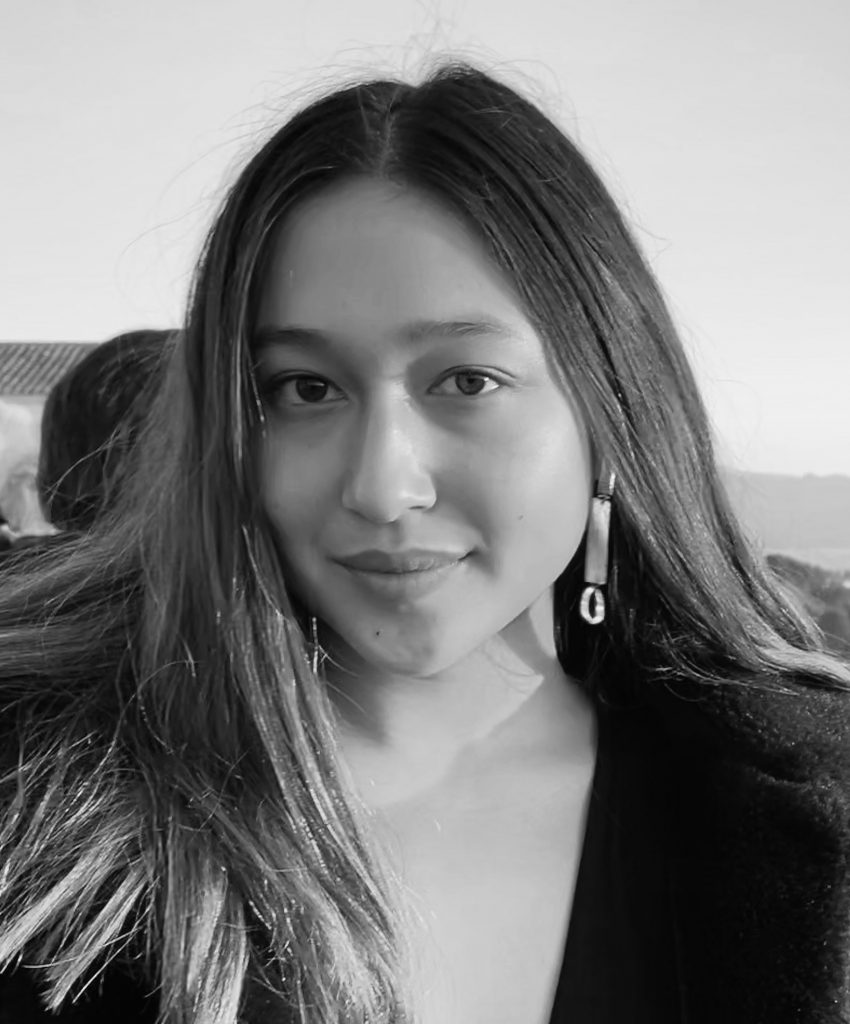As Daniel Sprague ‘21 prepares to graduate from Duke this Spring with a double major in Computer Science and Neuroscience, I had the opportunity to interview him on his undergraduate research experience. In his final semester, Sprague reflects on what he accomplished and learned in the three research labs he was a part of over his four years at Duke.

Outside of the lab, Sprague is also active in the arts community at Duke. He has been a member of Hoof ‘n’ Horn since his freshman year and has performed in four student-run musical theater productions. He is also a part of Speak of the Devil, one of Duke’s acapella groups that he was the president of during his Junior year. Recently, a video they uploaded more than two years ago has picked up speed and acquired over 150,000 views on YouTube. I think it’s fair to say Sprague is even more than a triple threat.
Sprague was interested in neuroscience and biology before he came to Duke and knew he wanted to participate in undergraduate research when he arrived. His first year, planning on pursuing pre-med, he joined Rima Fathi Kaddurah-Daouk’s lab where he worked with metabolomics, the large-scale study of small molecules within cells, biofluids, tissues, or organisms as it relates to neuropsychiatric disorders. While he learned a lot and enjoyed working in this lab, Sprague was eager to explore more.
The summer after his first year, Sprague was accepted to the Huang Fellows Program run by Duke’s Science & Society initiative.
Sprague described their focus as, “The way that research, science, communication, and medicine interact with social issues and ethics.”
As a part of the program, Sprague was matched and placed in Ornit Chiba-Falek’s lab. There he conducted work in genomics and neuroscience, centered around neurodegenerative diseases, specifically, Parkinson’s and Alzheimer’s. His job involved processing mouse brains to extract neurons for genomic sequencing. From there, the lab would conduct genome-wide association studies to correlate specific human or animal genotypes with genetic markers.
“We were trying to identify SNPs (Single-nucleotide polymorphism) which are single base pair variations in a genome that correlated with Alzheimer’s” Sprague explained
Along with working in a lab, Sprague also attended research seminars, learned about how science publishing works, and participated in a science symposium at the culmination of the summer experience.

“Research is a slow iterative process and it rarely ever works how you expect it to.”
Daniel sprague
Sprague continued working in the Chiba-Falek lab through his sophomore year and contributed to the publication of two research papers: Shared genetic etiology underlying Alzheimer’s disease and major depressive disorder and Bioinformatics strategy to advance the interpretation of Alzheimer’s disease GWAS discoveries: The roads from association to causation. However, partway through the year, he realized he missed math and computational thinking. He began taking more math and computer science classes. After learning more, he realized he really wanted to find a lab doing research at the intersection of computation, math, and neuroscience.
Junior year brought Sprague to the John Pearson’s Lab where they build modeling and analysis tools for brain data.
He also began taking courses in machine learning which he brought into his lab work. His role involved working on the lab’s code base and aiding in the development of a software system for analyzing the brain. He was specifically looking at calcium imaging data. Sprague explained that there are a lot of different ways to do neuroimaging and visualize brain cell function. His work involved using fluorescent calcium.
“When brain cells spike, they release a fluorescent calcium trace that we can visualize with a camera to detect brian cell function with a high degree of temporal and spatial specificity,” Sprague said. “This allows us to accurately detect brain cell function on a millisecond and single cell scale.”
In many neuroscience studies, a stimulus is presented to an organism and the response is observed. The Pearson lab wants to be able to dynamically adjust which stimulus they present based on the intermediary results during the experiment.
“A big limitation in neuroscience research is it just has an absurd amount of data, even for a very small organism,” Sprague said. “Even a couple thousand brain cells will provide so much data that it can’t be visualized or analyzed quick enough to adjust the experiment in ways that would improve it.”
As a result of this limitation, they are trying to adapt conventional computational neuroscience methods to be used in an “online fashion,” which means working with the data as it comes in. Ultimately, they are developing methods to analyze data that traditionally would take hours due to computational time and trying to condense it to a millisecond.
“There are a lot of similar problems that computer scientists work on, but they focus on theoretical analyses of types of functions and how mathematical functions work. What’s cool about this is that it’s very applied with the constraints of a biological system and also requires knowledge of multiple disciplines.”
daniel sprague
Sprague will continue to apply these skills as he begins working next year as an associate consultant at Bain & Company in San Francisco. He is very interested in the connection between science, tech, and society.
Additionally, he is hoping to learn more about how artificial intelligence and machine learning are used in industry as well as their future directions, ethical dilemmas, and legal considerations. Consulting is becoming an increasingly data-driven industry and Sprague hopes to continue developing his domain knowledge and work with these ideas in an applied setting.
As Sprague prepares to leave Duke he reflects on his time here and the research he has had the opportunity to participate in.
“One thing I’m grateful for is having the chance to have different experiences but still settle into one lab for two years. Don’t be afraid to get involved early, and don’t feel like you have to stay in the same lab for four years.”
daniel Sprague

Post by Anna Gotskind
